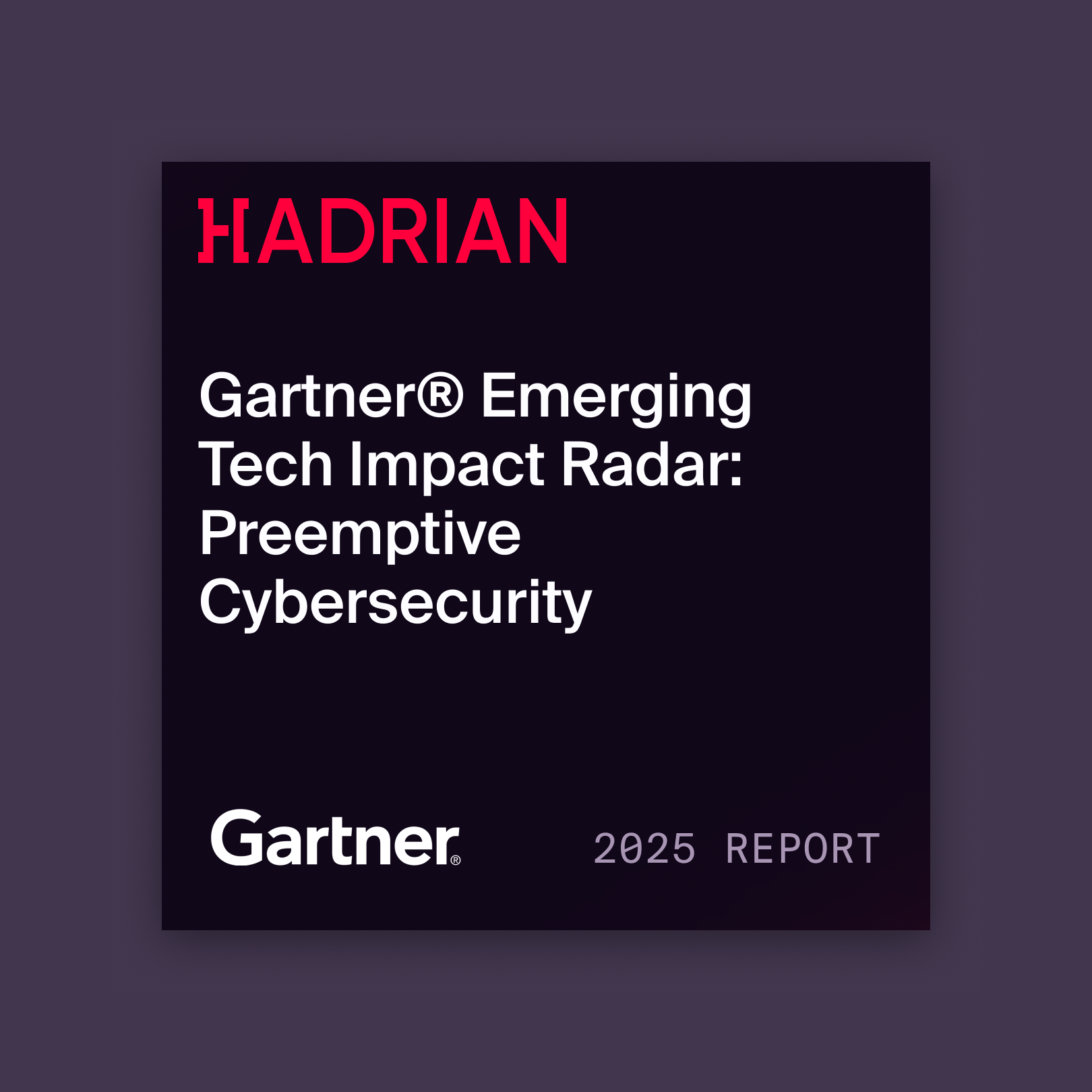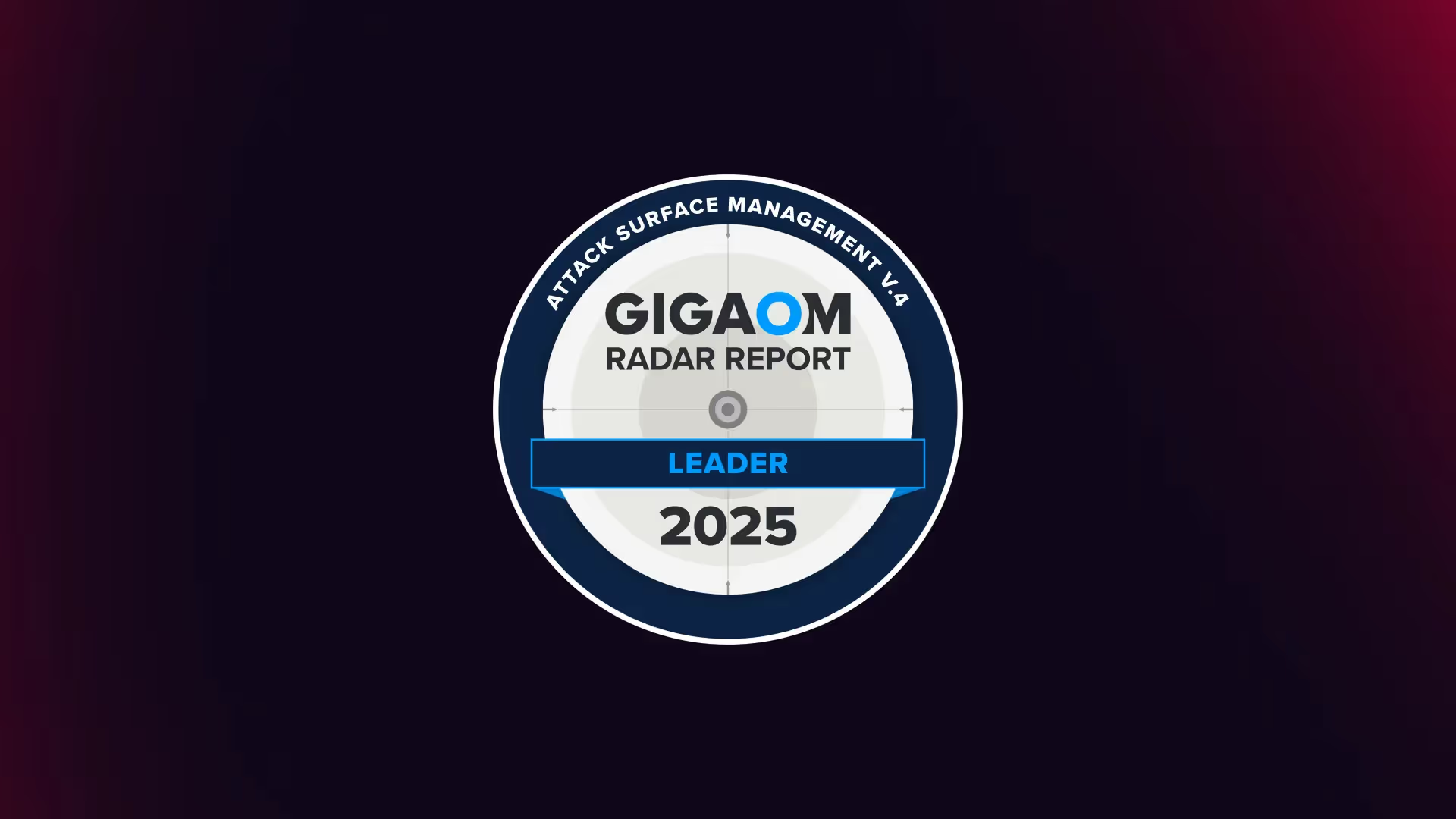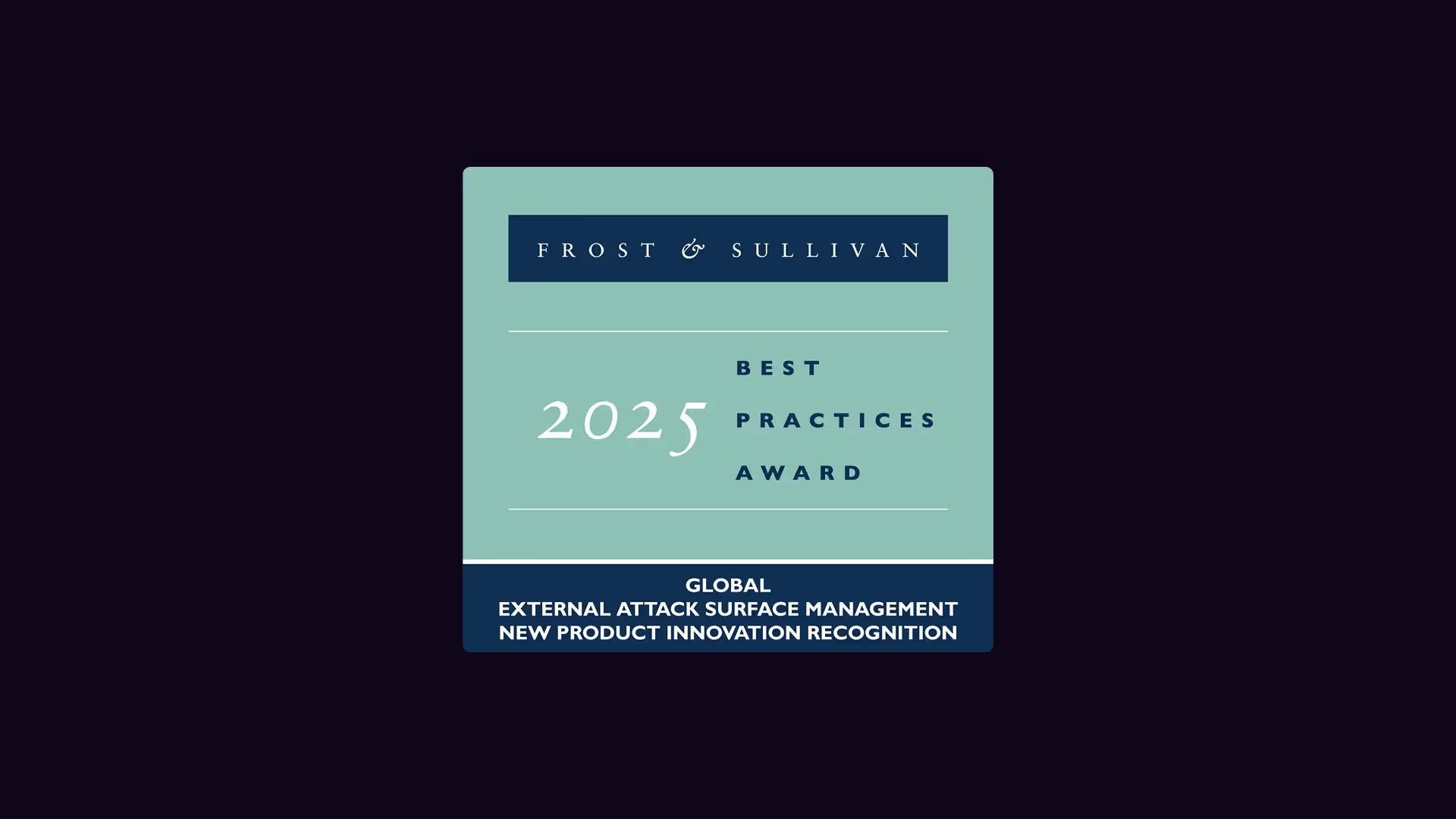
The future of cybersecurity should be more autonomous. As adversaries weaponize AI to orchestrate campaigns at the speed of compute, security teams must evolve beyond static, rule-based defenses. The necessary response is agentic AI cybersecurity, which is a proactive, adaptive, and intelligent strategy that mimics a hacker's mindset to pre-empt breaches.
Gartner’s Continuous Threat Exposure Management (CTEM) framework provides the structure for this new defense, but it is agentic AI that provides the muscle. Here are five predictions from the industry on the future of agentic AI cybersecurity, and how Hadrian is delivering on them today:
1. The only way to win is to fight AI with smarter AI
Industry experts note that with threat actors leveraging the AI to find new threat vectors at the speed of compute, very little will be able to detect much less prevent the adversary, other than AI. This sentiment defines the modern security race. Traditional vulnerability scanners are too slow and static to counter AI-augmented attacks.
How Hadrian approaches AI threat speed:
Hadrian’s agentic AI platform provides the necessary counter-speed and intelligence. The core of Hadrian's innovation is driven by its proprietary threat discovery engine, the agentic Orchestrator AI. This system is trained by the in-house AI and hacker teams to emulate real adversary TTPs (Tactics, Techniques, and Procedures).
This specialized, autonomous intelligence is deployed 24/7 to continuously assess the external attack surface, giving organizations an offensive edge that operates at machine speed without sacrificing the creativity or nuance of a human red teamer. Furthermore, the platform is designed for rapid threat response, detecting risks caused by new code deployment within 15 minutes of being pushed to production. Hadrian ensures your defense evolves as fast as the threats you face.
2. Agentic AI will be used for autonomous execution of essential security tasks
Other hackers and SecOps professionals have highlighted that the value of agentic AI in cybersecurity is its ability to move beyond simple automation into the "autonomous execution of essential security tasks". Most tools provide an assistant or automation script, but true efficiency comes from a system that can reason, plan, and act on its own.
How Hadrian approaches autonomous agents:
Hadrian is built for end-to-end autonomy across the entire CTEM lifecycle, requiring zero configuration, management, or maintenance from your security team. The Orchestrator AI employs agentic risk-finding mechanisms that mimic the decision-making processes of human attackers. This capability transforms the traditional approach to security testing by autonomously prioritizing and escalating potential exposures based on impact and exploitability.
AI agents quickly learn from your external assets and technologies and quickly begin building brand fingerprints based on keyword usage, logo presence, and more. From there, the AI agents have all the context they need to make smart, educated assumptions about what risks are critical to your business.
Hadrian’s AI is also used in the Discovery phase for predictive scanning, which anticipates likely domains and subdomains that could be created. This shifts the security team's role from manual execution to high-level strategic oversight.
3. Agentic AI will mimic the human-like decision process
The talent shortage problem has persisted for decades because automation couldn't capture the human decision-making required for security tasks. But that has changed according to cybersecurity insiders because agentic AI introduces a way to mimic the human-like decision process. This hacker intuition is crucial for finding complex, chained exposures.
How Hadrian integrates human-like intuition into its agentic AI:
Hadrian’s AI Orchestrator is specifically designed to replicate this methodical and intuitive hacker thought process. The AI is trained to follow threat actor patterns and conduct targeted exploitation.
Hadrian’s AI agents are trained on over 100,000 hacking challenges and literature about hacking, red teaming and penetration testing best practices. This allows it to make intuitive decisions just like some of the best hackers in the world do. It has been shown to perform two times as well against traditional hacking benchmarks.
Crucially, the Orchestrator AI chains scans together to simulate complex, multidimensional attacks used by real-world threat actors. This level of chaining and reasoning, paired with continuous updates from Hadrian’s in-house hacker team, allows the platform to detect new exploits, including zero-days, within 24 hours of their discovery. This adaptive, reasoning capability is the core of Hadrian's agentic AI cybersecurity approach.
4. The focus will shift to contextualization over noise
It is a common complaint that many vulnerability findings send team members on a wild goose chase. In fact, traditional security teams spend more time sorting through noise than elegantly identifying and prioritizing risks. In the modern era, identifying and prioritizing bad behavior is about correlating vast data points and building contextualization.
How Hadrian filters out the noise and false positives:
Hadrian’s agentic AI cybersecurity platform eliminates alert fatigue by focusing on intelligent prioritization and contextualization. The AI provides crucial context by using its proprietary scoring algorithms and AI screenshot recognition to contextualize assets and identify services and exposed databases. This context can elevate the severity of a vulnerability found on an important, high-traffic asset.
Furthermore, machine learning algorithms review numerous technical and non-technical factors (across 32 categories) to detect shadow IT, and ML models detect the "Path Age" of applications, flagging older technology often targeted by hackers. This advanced contextualization ensures that security teams prioritize only genuine, business-relevant exposures.
For every vulnerability Hadrian lists, there will be documented reproduction steps and Proof of Concept to back it up with real insight. That means that SOC teams know exactly where the real issues are and can prioritize their time accordingly.
5. Agentic AI will be used for assisted remediation
The one step that SOC teams often struggle with is mobilization and remediation, due to the inherent need for human oversight into these processes. But as agentic AI use grows, we can expect that more AI tools will be used to automate as much of the remediation process as possible. This closes the CTEM loop entirely.
How Hadrian integrates remediation workflows into its platform:
Hadrian delivers immediate operational return by seamlessly transitioning from validated exposure to action. The platform provides full descriptions of the attack chain and unique, tailored remediation instructions. This guidance simplifies the process, and the platform supports the entire Mobilization phase with built-in collaboration tools (like Secure Share) and integrations with ticketing systems (Jira, ServiceNow).
That means as soon as an exploitable exposure is validated by agentic AI, it can easily be passed onto a ticket system for immediate remediation. Vulnerabilities are now being exploited in a matter of minutes. By pushing true, validated issues into the remediation process immediately, you close the window of opportunity for hackers.
Crucially, Hadrian safely simulates attacks, verifying that exposures are exploitable, a Proof of Concept that reduces tens of thousands of potential risks down to the few that could actually lead to a breach. This assurance of zero false positives is essential for efficient remediation.
{{cta-continuous-discovery}}
The future of agentic AI cybersecurity is about augmenting human talent to achieve a scale and breadth that was previously impossible. The insights from industry experts confirm that the highest-value solutions must be autonomous, adaptive, and trustworthy.
Hadrian’s platform embodies this philosophy, providing a strategic advantage that allows organizations to operationalize a full CTEM program immediately. By simulating the decision-making of a human attacker, Hadrian enables continuous, preemptive defense, moving organizations from a reactive posture toward verifiable, measurable security resilience. The era of static security is over; the time for agentic AI cybersecurity is now.
{{cta-demo}}





.avif)


